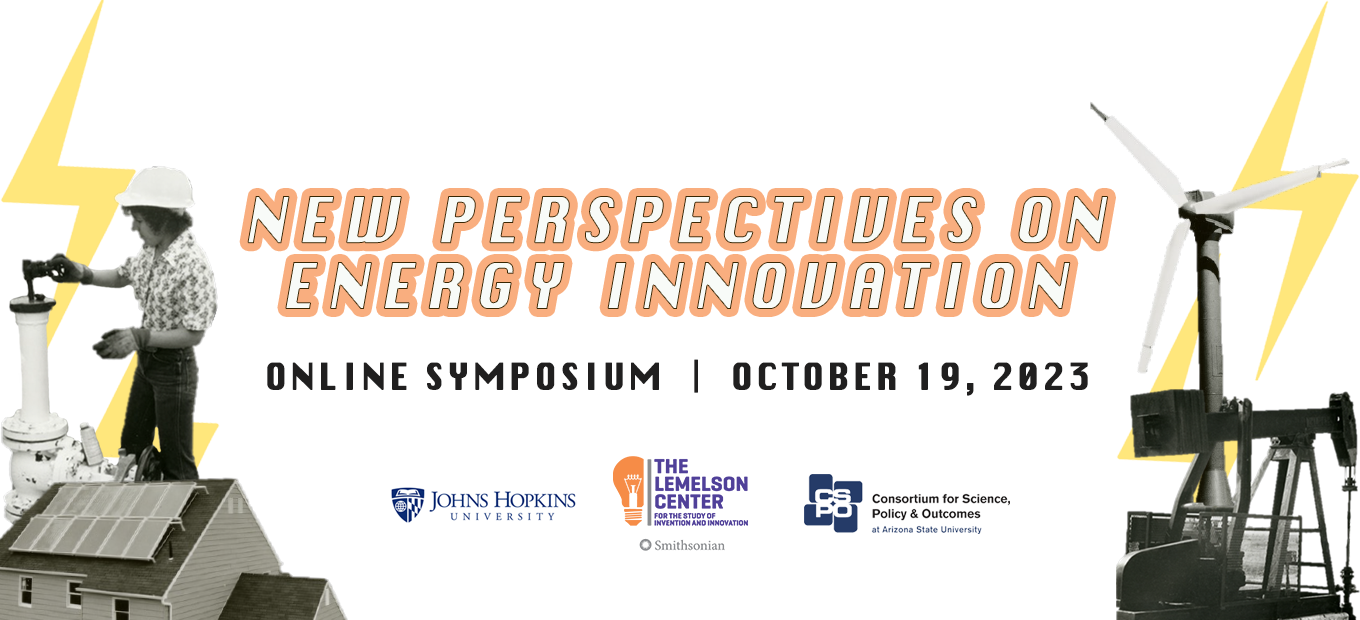The prompt this week for hardware hack night is: If your hardware hack night project was a museum piece, what would it look like? Would you talk about the history of what technology came before your piece, or how you’re reviving a 40 year old technology (like the time someone fixed a 40 year old mixer during Fixit Night)?
Let your imagination run wild! Maybe we’ll have a little “SudoRoom museum” coming up in the next few months 🙂
Prompt: Museum Exhibits for Adults
There’s a lack of museum exhibits, especially for science, targeted primarily at adults. That’s unfortunate since adults are responsible for voting on stuff that can include climate change, destruction of the environment, and designing streets that are deadly and hit little kids with big SUVs.
Why don’t we make some exhibits just for adults, the kids are all right and know what’s up, but we have to make the adults understand that the world needs to improve and become a better place for all!
See our Wiki:ScienceForAdults which we’ll be updating this week.
Cool Museums Targeting Adults Around the World
- France’s musée des Arts et Métiers in Paris https://www.arts-et-metiers.net/musee/visitor-information
- The Deutsches Museum in Munich with various exhibits targeting adults https://www.deutsches-museum.de/en/museumsinsel/ausstellung/sonderausstellungen/energytransitions
- Adult-focused exhibits at the Smithsonian Museum in Washington, DC – https://americanhistory.si.edu/explore/exhibitions/forensic-science-trial
- ”Before Yesterday we could fly: An afrofuturist Period Room” The Metropolitan museum of art – https://www.metmuseum.org/perspectives/videos/2021/11/afrofuturism-virtual-tour
Inspiration: New Perspections on Energy Innovation from the Smithsonian Museum
The Smithsonian Museum recently had a symposium on the 1973 oil crisis and how it spurred innovations in energy around the world. While this feels pretty brainy, how does this relate to a lot of projects going on at our humble hardware hackerspace, especially considering how cheap electric batteries and motors have become the past decade?
Lessons learned from the New Perspectives on Energy Innovation symposium:
“October 2023 marked the fiftieth anniversary of the oil embargo imposed by the Arab members of the Organization of Petroleum Exporting Countries (OPEC) in the wake of 1973’s Arab-Israeli War. The temporary shortages inflated energy prices, jolted the global economy, and destabilized geo-political relationships around the world. The crisis also inspired new science and technology policies and several innovations, including alternative nuclear, solar, wind, and geothermal energy sources and more fuel-efficient automobiles. Today, we are witnessing a resurgence in creative policy solutions and new energy innovations to address the ongoing challenges of war, energy scarcity, inflation, and the environmental impacts of climate change”




